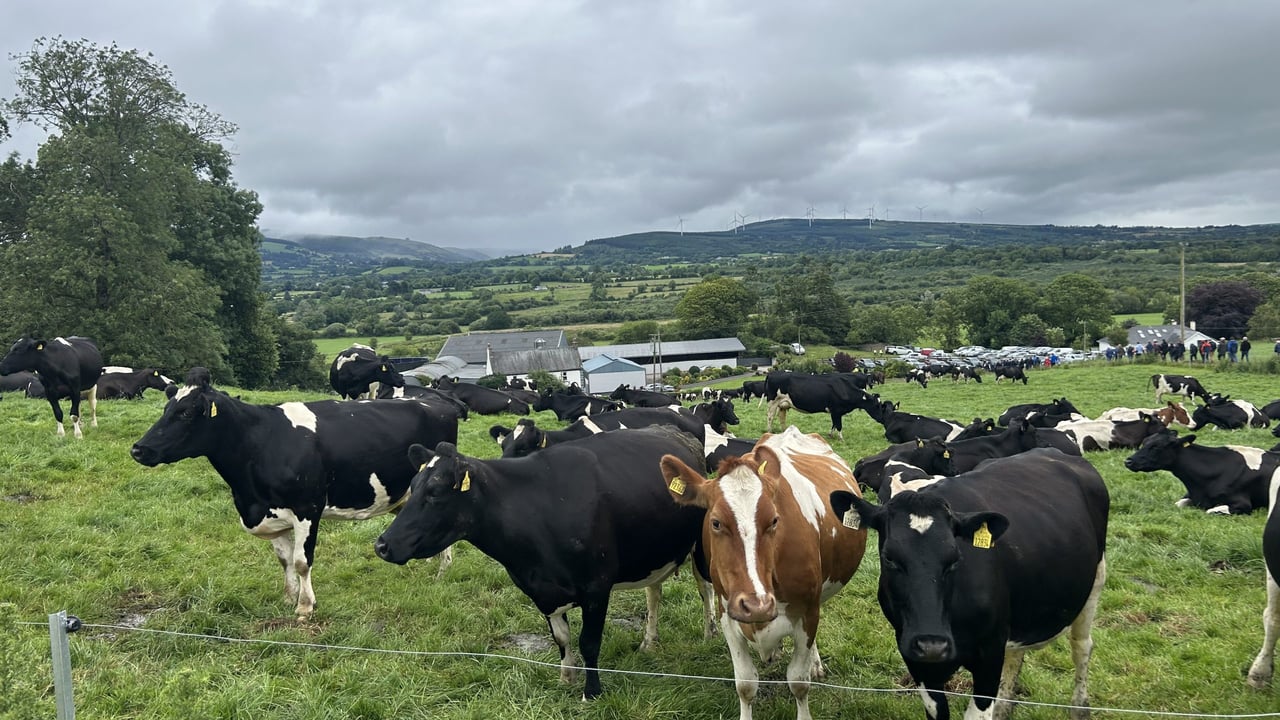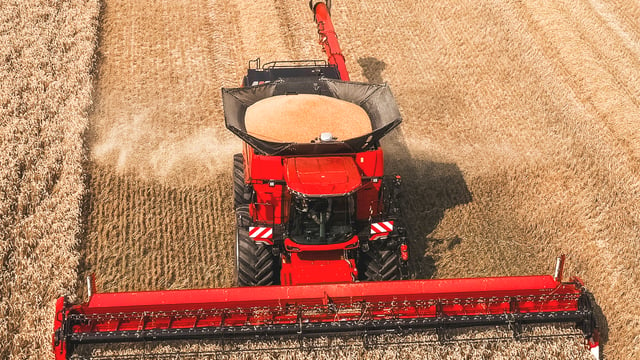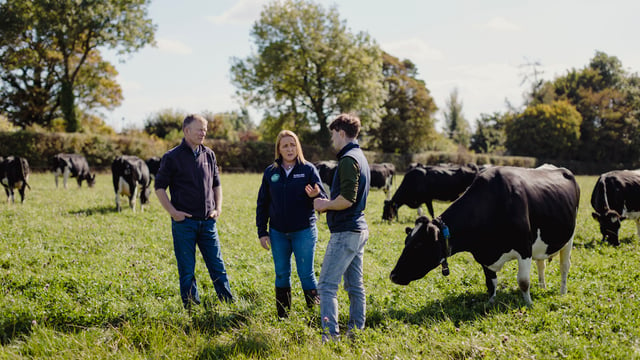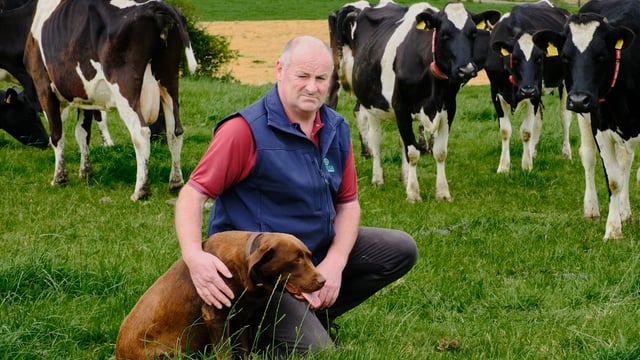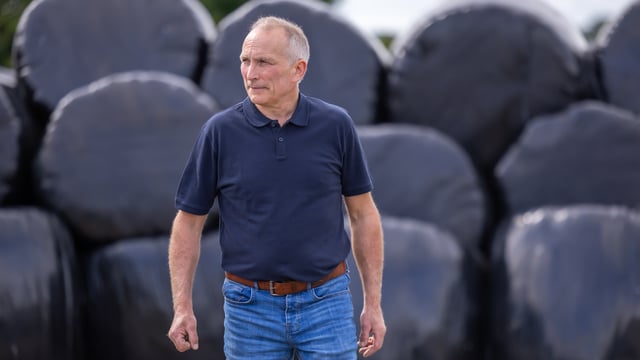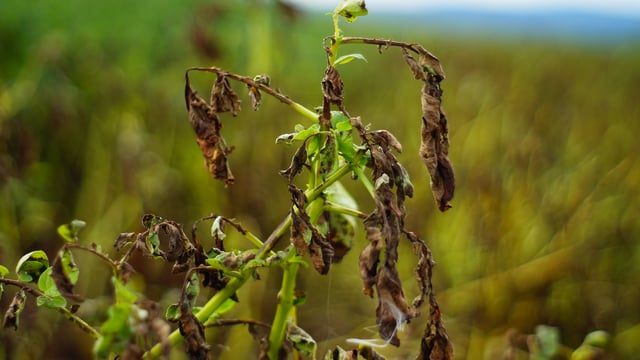'Big believer in LESS' and a 'love for dairy washings' in Co. Limerick
Co, Limerick dairy farmer, Martin Crowe expressed his passion for utilising slurry and dairy washings on his farm, which he believes is driving grass production and cow performance.
He made the comments when he recently hosted a 'Water Quality in Action' Teagasc and Kerry Dairy Ireland event on his farm.
As Crowe was crowned winner of the Improving Water Quality category of the Teagasc FBD Environmental Sustainability Awards 2024, huge numbers gathered to see the actions in place on the farm.
Crowe is milking 188 British Friesian-type cows across an 80ha milking platform and a 143ha whole farm area, with a whole farm stocking rate of 155kg nitrogen (N)/ha.
Crowe described his 2024 as the "worst year" - though the back end of the year had somewhat "rescued the year" - as the cows produced 380kg of milk solids (MS)/cow, which is well behind his typical 475kg of MS/cow/year.
However, with growth rates and ground conditions in 2025 proving very favourable, Crowe is on course to recover his milk solids returns this year.
Crowe proved on the day that undertaking environmentally sustainable measures on the farm is beneficial for his pocket as much as it is for the environment.
He said: "All these actions I take on the farm help the bottom line and help with cow performance."
He added that this entices him to undertake an array of measures.
Slurry and dairy washings
Crowe highlighted that so far this year, he has spread three rounds of 20 units/ac of N. Clover paddocks received no chemical N in the last few weeks, but were only topped up with dairy washings.
He also got out 3,000gal/ac of slurry in the early spring on targeted paddocks, following behind the cows and making full use out of his soil fertility reports.
The dairy farmer said: "I place a huge value on slurry."
Even though he has enough slurry storage, he plans to add more storage to get slurry out at optimum times.
He said: "I bought my own tanker to spread the slurry when I want to and now I'm going for extra storage to spread at optimum times and not to be just firing it out".
The farm currently has a 22-week storage and plans to add enough for an additional four weeks through the Nutrient Storage Scheme.
He said that through the grants and "the tax write-off for two years, it is like putting in a tank for free".
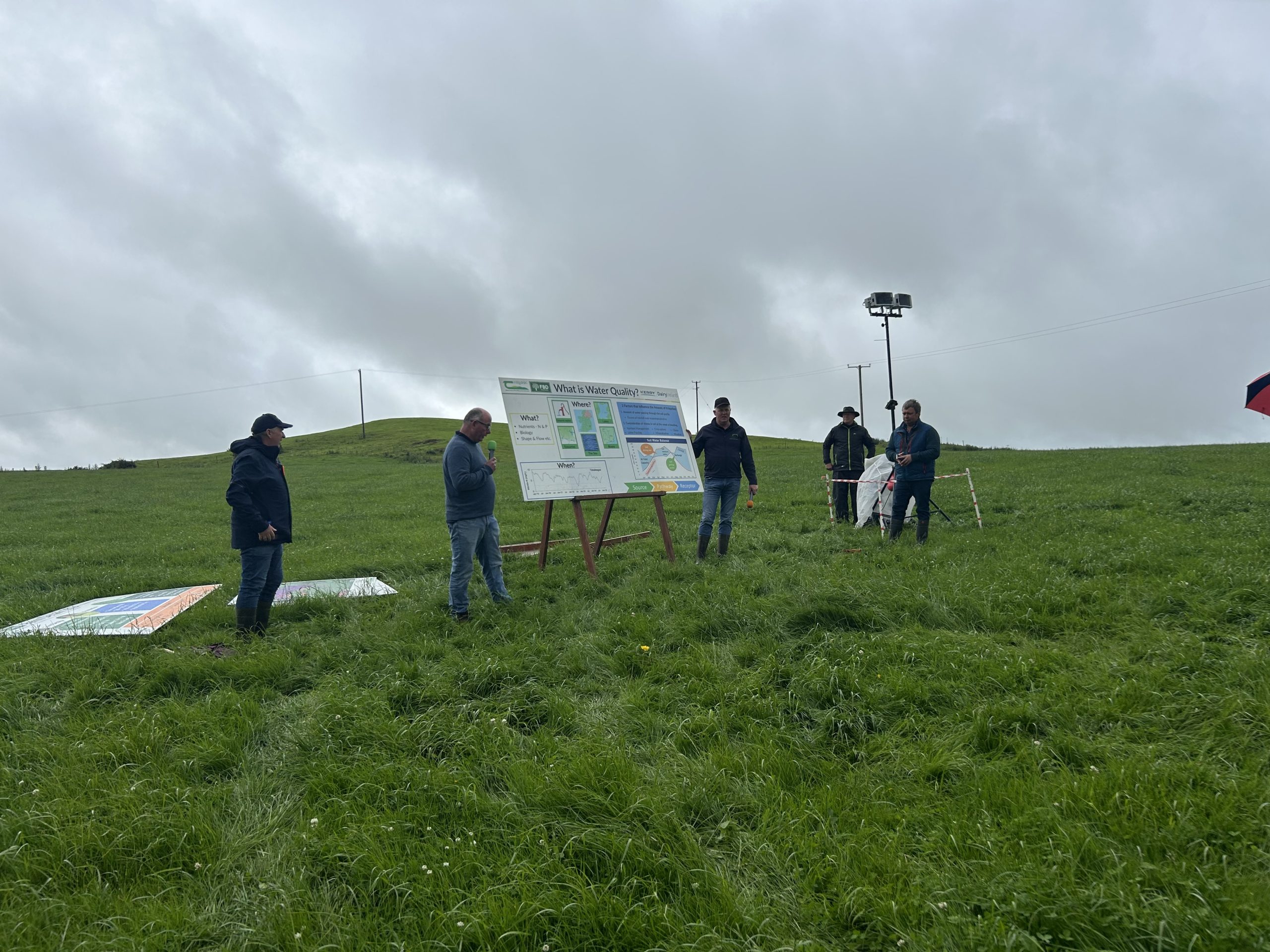
The farmer also mentioned that he has a "love for dairy washings" as he finds it brilliant for clover paddocks or paddocks that are less dependent on high rates of chemical N.
The farmer also stated he is "a big believer in LESS" (low emission slurry spreading) as he started doing it in 2019 with a dribble bar and "couldn't believe how quick" grass response was from it.
He was shocked to see that none of the grass got contaminated and that three weeks later, the cows were back into it with no drop-off in growth rates.
Crowe said he is now using the trailing shoe on the back of his tanker and noted that the "cows go back into graze paddocks so quick" as all the slurry and nitrogen is absorbed and utilised by the soil.
Soil fertility
Crowe spread 205t of lime last year and will go again this year with an additional 80t to keep his soil pH right, as he believes its his only chance of having any success with clover.
"The cheapest thing you can do is a soil test, it is critically important," added Crowe.
As the soil does not have the capacity to retain the nutrients, "there is no point in putting out slurry or fertiliser, if your pH is not right".
"Soil fertility is the critical part of clover, and if you can get them right, it's easy,
"I'm very conscious to keep the pH right," he added.
Crowe has continuously over-sowed clover in the last few years with 45% of his ground in clover, which has helped him substantially in reducing his chemical N usage to only 115kg of N/ha through 100% protected urea usage.
The dairy farmer has also been growing multi-species swards for the last four years. While he admitted that there are problems with persistency, he said it will still leave a grass-clover sward.
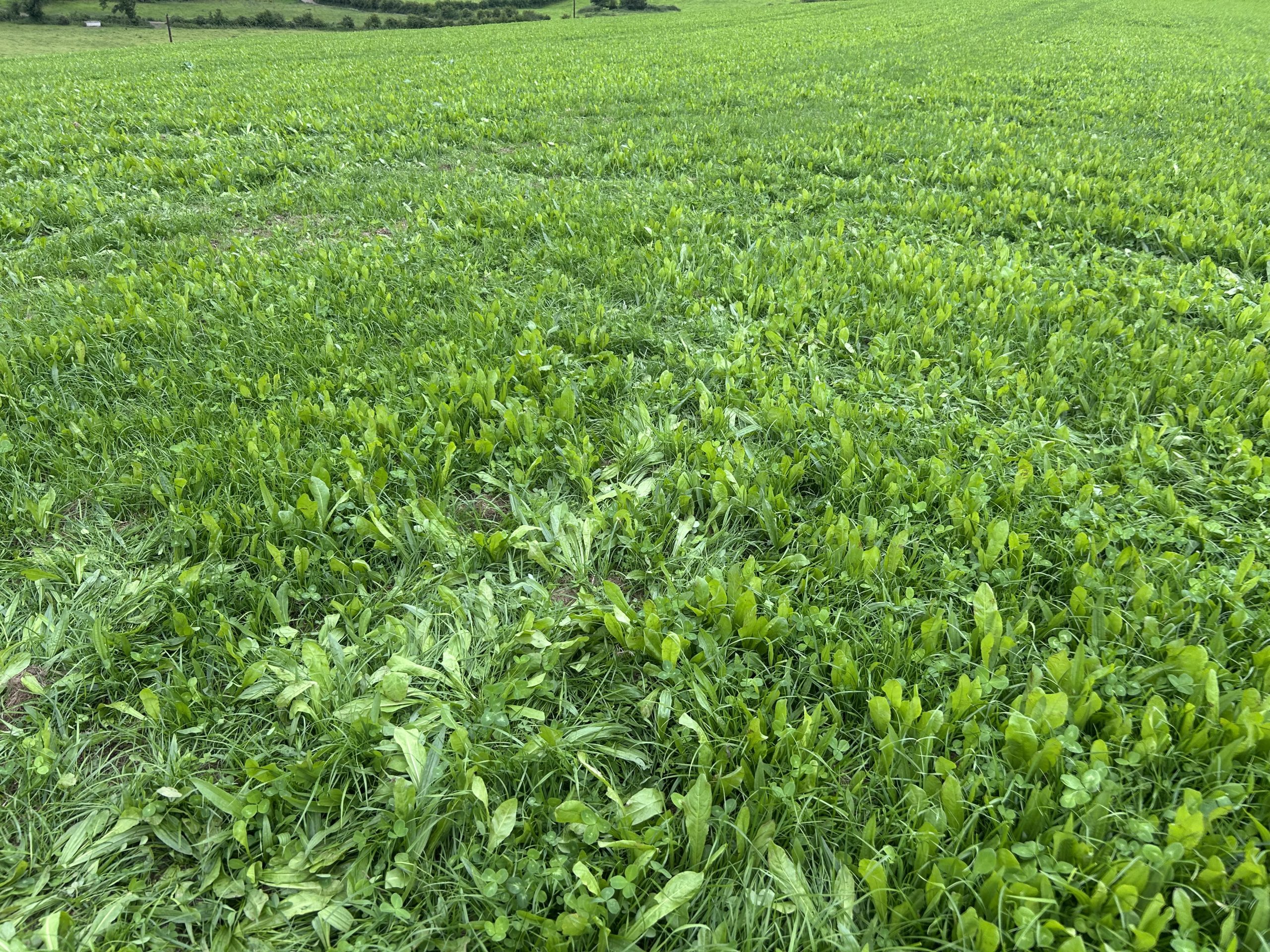
Crowe said he had only recently reseeded a field into multi-species swards as he found that it increases animal performance and, due to its deep roots, will keep growing throughout a drought or deficit in soil moisture.
Actions
The farm last year produced 1,200t of carbon dioxide equivalent (CO2e), which equated to 1.06kg of CO2e/kg of fat and protein corrected milk (FPCM) and a N balance of 126kg N/ha.
Crowe has been able to identify the risks to water quality through Pollution Impact Potential (PIP) maps, which have given him a good understanding of his own land and nutrient run-off and leaching.
Unlike most parts of Co. Limerick, Crowe's farm has a light soil type and is susceptible to N leaching rather than phosphorus (P) run-off, which helps him to better control leaching of losses to surface and groundwater.
Crow installed a bunded drain alongside the farmyard, which is capturing run-off from the yard. He has also created a wetland pond, which can act as a sediment trap.
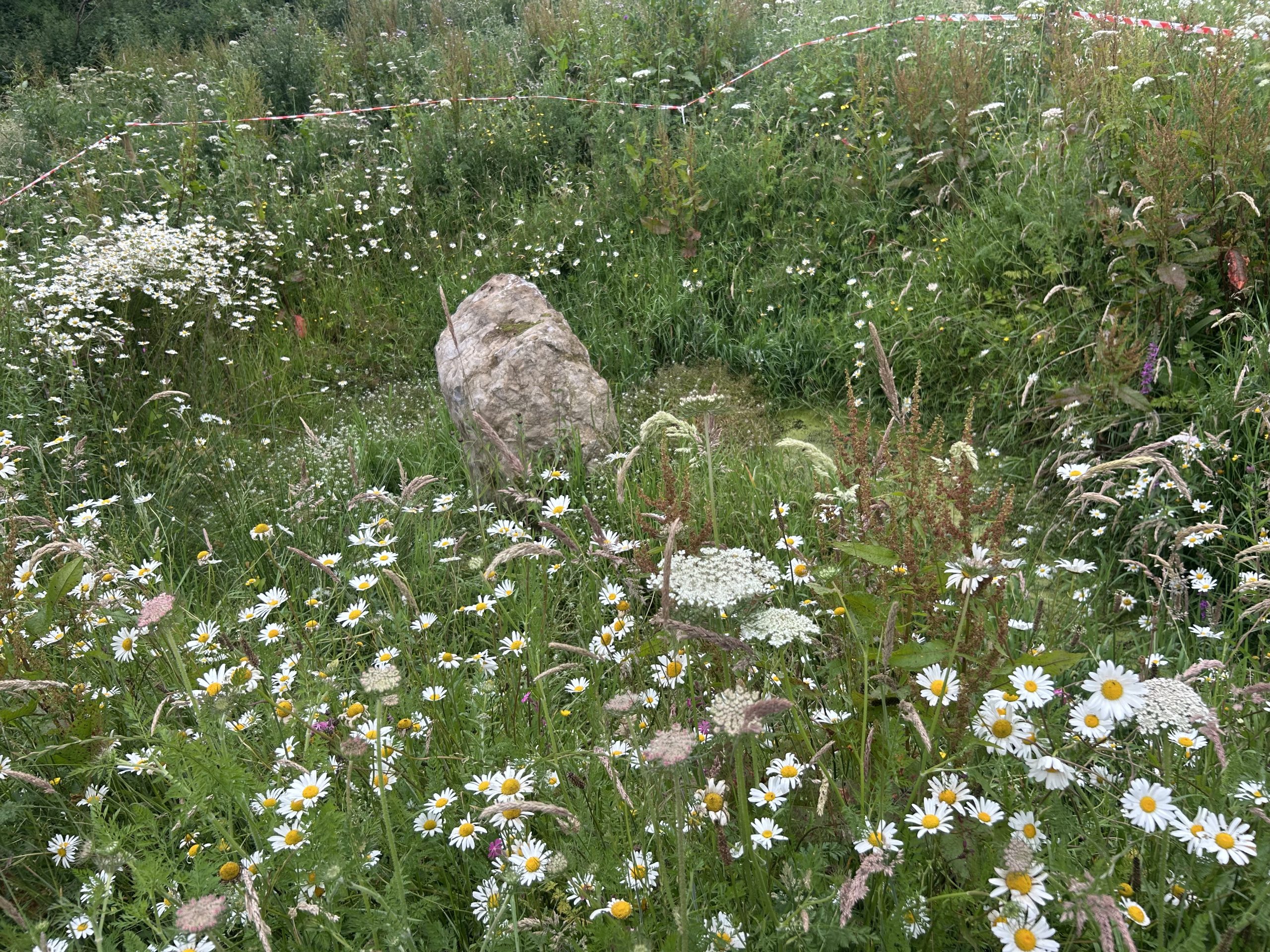
He also recently put in buffer zones and his son planted trees in the same space.
Regarding the trees his son planted, Crowe said: "We should ask ourselves, what are we leaving the next generation?"
Additionally, Crowe is also taking part in the Mulkear Farming for Water European Innovation Partnership (EIP) and said that he will partake in "every environmental scheme that I can get my hands on".
In terms of what measures to take on the list, Crowe said: "My struggle was not what to do in the list."
"All the actions I've taken have been financially beneficial," he added.

